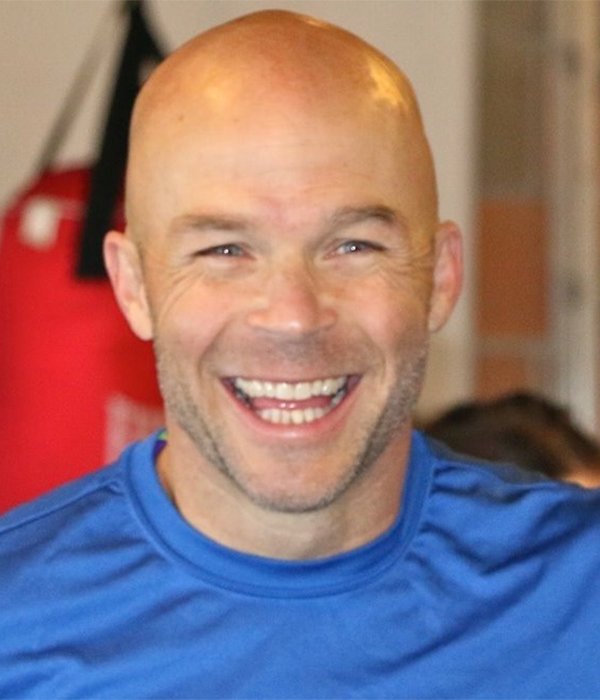Opinion

Exercise plays a vital role in nervous system health, providing a stress reduction outlet, improving sleep, and enhancing your mood and energy. However, the allure of fancy consoles might be creating a disconnect between your brain and your body's internal signals.

 Fancy Cardio Consoles
- Engaging or DIS-Engaging You From Real Results?
Fancy Cardio Consoles
- Engaging or DIS-Engaging You From Real Results?
The Fitness industry seems to be a bit fluffy right now. How many times have you seen companies tout that they have revolutionized fitness only to find out they just added a new fancier console.
Today’s gyms provide plenty of high-tech machines, fancy treadmills and bikes providing immersive virtual reality experiences, and fixed isolated strength equipment telling you how much to lift. While these features aim to engage exercisers, they might be disrupting the most crucial activity: your Brain-Body connection- The Nervous System.
The human nervous system is a complex network, orchestrating everything from muscle movement to emotional response. Exercise plays a vital role in nervous system health, providing a stress reduction outlet, improving sleep, and enhancing your mood and energy. However, the allure of fancy consoles might be creating a disconnect between your brain and your body’s internal signals. Let’s explore why:
Sensory Overload: Fancy consoles bombard our senses with visual stimuli (virtual landscapes), auditory distractions (pre-programmed playlists), and even haptic feedback. This sensory overload can drown out the subtle yet crucial internal messages your body sends during exercise. This includes feedback on exertion level, form, and perceived exertion – all vital for an optimal training session.
The Automation Paradox: Fancy consoles often automate aspects of exercise. Biofeedback metrics can dictate workout intensity, and virtual courses set the pace or effort. While this feels engaging, it prevents us from developing our kinesthetic sense or the body’s awareness of movement in space. This disconnect weakens the brain-body link and undermines your nervous system’s ability to regulate movement and respond to internal cues.
So, how can we reconnect with our nervous system during gym-based exercise?
Choose Neuro Reactive and Neuro Functional Products: Ditch the fancy consoles and seated strength products and choose products that challenge your balance, force you to move load or respond to random unpredictable movements. Companies like ViPR Pro, Reaxing and Reaxxer provide strength and cardio tools to allow you to engage the brain-body connection in your workout. This neuro-functional way of training has also shown to improve cognitive health, emotional resilience and productivity. Practice Satori: Satori is perfect focus in the moment. Focus on your breath, the way your body feels, and the interaction of your feet on the deck or ground. This inward focus strengthens the brain-body connection and allows your nervous system to provide valuable feedback for optimal movement. Internal Cues over External Metrics: Instead of relying on the console’s biofeedback, focus on your body’s internal feedback. Adjust the intensity based on your heart rate, breathing patterns, and perceived exertion. This empowers your nervous system to regulate your workout and promotes long-term health.
By prioritizing movement that is neural centric, you can reduce stress, improve sleep, and create tissue resilience that minimizes the potential for injury.
About Jeremy Strom
Jeremy is the Director of Education for Reaxing N.A. and has been blessed to travel the world working with and educating Fitness Professionals, Coaching National Teams & training Professional, collegiate and high school Athletes for the last 20 years. Jeremy has created and run global education teams for FreeMotion Fitness, Fitness Beyond Borders and has consulted for the biggest brands in the industry, including Lifetime, Orange Theory, F45, Crunch, Bio Ritmo, Multi Spa, Dekathlon and GoodLife. Jeremy is a husband and a father and in his spare time runs in the mountains, Standup Paddles and coaches his 2 pro mountain running children.








